Apple's latest charitable initiative represents more than just corporate goodwill—it's a strategic blend of technology, social impact, and customer engagement that showcases how modern tech companies can leverage their platforms for meaningful change. The tech giant recently completed a limited-time partnership with (RED) that generated substantial donations through Apple Pay transactions, demonstrating the power of integrating payment technology with humanitarian causes. This campaign raised a total of $3 million for The Global Fund through customer purchases, marking a significant evolution in Apple's approach to charitable giving. What makes this particularly noteworthy is how seamlessly it transforms everyday commerce into opportunities for global health funding—no additional steps, no decision fatigue, just automatic contribution through normal shopping behavior.
How Apple Pay became a force for global health
The mechanics behind this partnership reveal Apple's sophisticated approach to charitable technology integration. Running from November 29 to December 8, 2024, Apple donated $5 for each Apple Pay purchase made through its various channels, including its website, retail stores, and mobile app. This represents a significant increase from previous years—in 2023, the company donated $1 per transaction with a $1 million cap, while the 2024 campaign tripled the maximum donation to $3 million. The campaign's design eliminates friction for customers while maximizing impact—users simply need to complete their regular purchases using Apple Pay to contribute automatically.
What's particularly clever about this evolution is how Apple transformed a payment limitation into a philanthropic opportunity. Rather than asking customers to make separate charitable donations, they embedded the giving directly into Apple's fastest-growing revenue stream. The timing during peak holiday shopping season maximizes both transaction volume and the natural spirit of giving that characterizes late November through early December.
Since 2002, the Global Fund has saved an estimated 65 million lives through its various healthcare programs, and Apple's contribution model now feeds directly into this massive global health infrastructure. The scale difference between 2023 and 2024—from $1 million to $3 million in total donations—suggests Apple is testing how far this payment-integrated philanthropy model can expand.
The deeper partnership: 18 years of fighting AIDS
This Apple Pay initiative builds upon Apple's extensive history with (RED), a relationship that has evolved far beyond simple product collaborations. Since 2006, Apple has maintained an 18-year association with The Global Fund through PRODUCT(RED), creating one of the tech industry's most enduring charitable partnerships. The cumulative impact is staggering: Apple customers have helped raise more than a quarter of a billion dollars over nearly two decades.
This funding has enabled care and support services for over 11 million people and distributed over 197 million HIV tests, demonstrating the real-world impact of sustained corporate-humanitarian collaboration. Let me put that in perspective—197 million HIV tests is roughly equivalent to testing every person in Nigeria, the most populous country in Africa, where much of this vital health infrastructure is needed most.
What distinguishes this partnership from typical corporate charity initiatives is its adaptive resilience. The longevity reveals Apple's approach to corporate responsibility as strategic infrastructure rather than marketing campaigns. Apple's support has helped over 5 million HIV-positive mothers prevent passing the virus on to their babies, representing one of the most meaningful metrics in global health—preventing the transmission of HIV from mothers to children. This statistic represents 5 million families where a child was born HIV-free thanks to accessible treatment and care programs.
What makes this partnership model so effective?
The success of Apple's (RED) partnership lies in its multi-faceted approach that extends beyond traditional product-based donations. While Apple continues to offer select devices in (PRODUCT)RED colors with proceeds supporting the cause, the Apple Pay campaign represents an innovative expansion into behavioral economics. The Global Fund, which has saved an estimated 65 million lives since 2002, benefits from Apple's understanding that effective philanthropy requires removing barriers to giving.
Here's what makes this model particularly powerful: it leverages scale, convenience, and brand loyalty simultaneously. Apple processes millions of transactions through Apple Pay each day, so even small per-transaction donations generate substantial funding. More importantly, the convenience factor eliminates the psychological barriers that often prevent charitable giving—customers don't need to research causes, compare organizations, or make separate financial decisions about contributing.
Additionally, Apple creates educational opportunities through curated content across its platforms, including books, podcasts, and documentaries that raise awareness about HIV/AIDS issues. This educational component transforms customers from passive donors into informed advocates, potentially amplifying the impact beyond just monetary contributions through increased awareness and social sharing.
The strategic timing also demonstrates sophisticated philanthropy—running campaigns during peak holiday shopping naturally aligns charitable impact with elevated consumer spending patterns and seasonal generosity.
Where this tech-driven philanthropy is heading
The evolution of Apple's charitable initiatives signals broader trends in how technology companies approach social responsibility. The shift from primarily product-based donations to payment-integrated giving reflects the company's recognition that customer engagement patterns have changed. While recent Apple devices like the iPhone 15 and iPhone 16 lines haven't featured (PRODUCT)RED variants, the Apple Pay campaign demonstrates that charitable impact doesn't require specific product lines—it can be embedded into the infrastructure of commerce itself.
This shift makes strategic sense when you consider Apple's broader business evolution. The company has transformed from primarily a hardware manufacturer to operating a comprehensive ecosystem of services, payments, and digital experiences. The Apple Pay donation model reflects this transformation—leveraging Apple's position as a financial intermediary to create positive impact at massive scale.
The success of this $3 million campaign suggests that Apple may continue expanding payment-based philanthropy, potentially setting new standards for how tech companies can leverage their platforms for global health initiatives. Imagine if Apple extended this model throughout the year—disaster relief campaigns during natural catastrophes, educational funding drives during back-to-school season, or environmental conservation initiatives tied to Earth Day. The infrastructure and customer acceptance are already proven.
This approach offers a scalable model that other technology companies could adapt, transforming everyday transactions into opportunities for meaningful social impact. Google Pay could implement similar giving programs for educational initiatives, Amazon could integrate charitable contributions into Prime transactions, or Microsoft could embed philanthropy into Azure usage. The key insight from Apple's success is that effective modern philanthropy integrates seamlessly into existing user behaviors rather than requiring additional cognitive effort or decision-making from consumers.




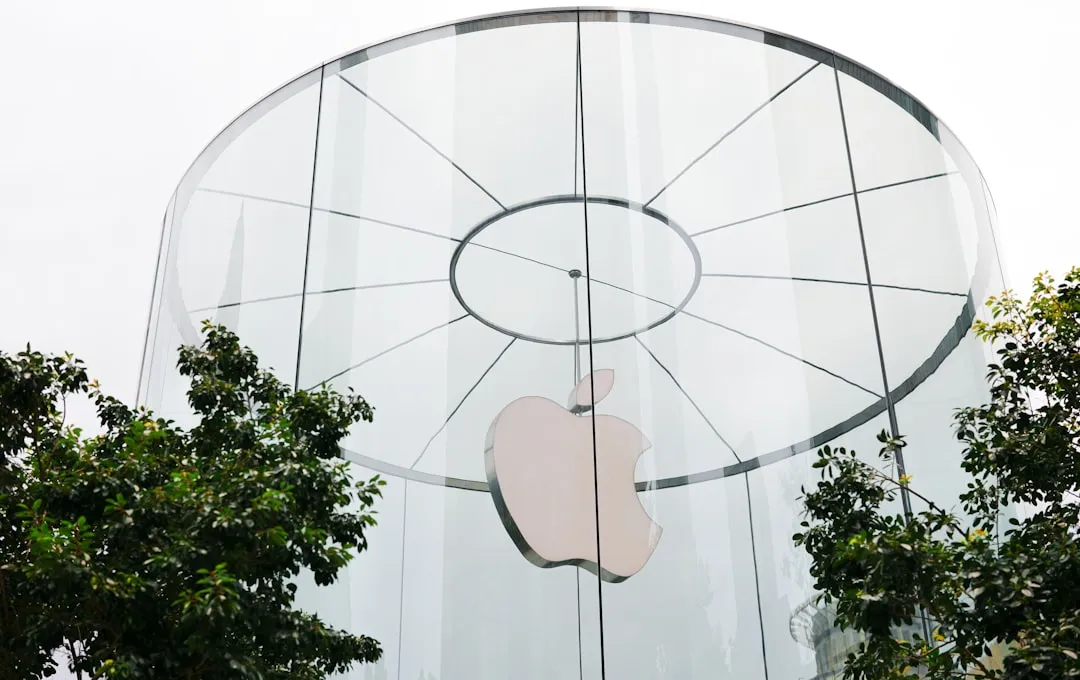



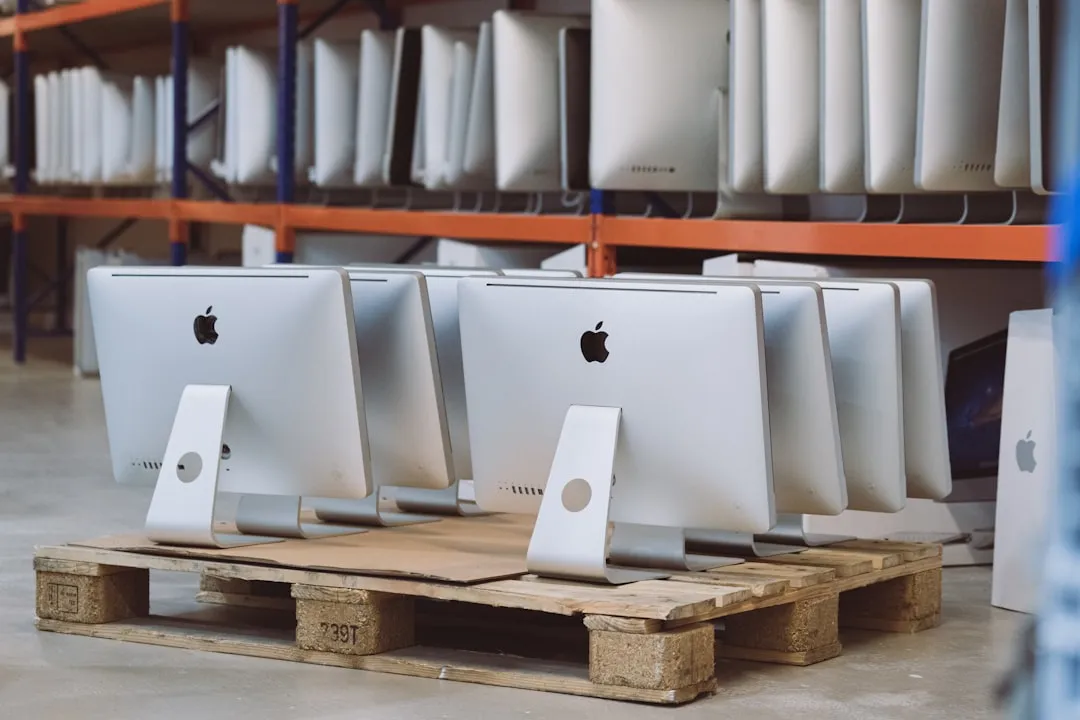

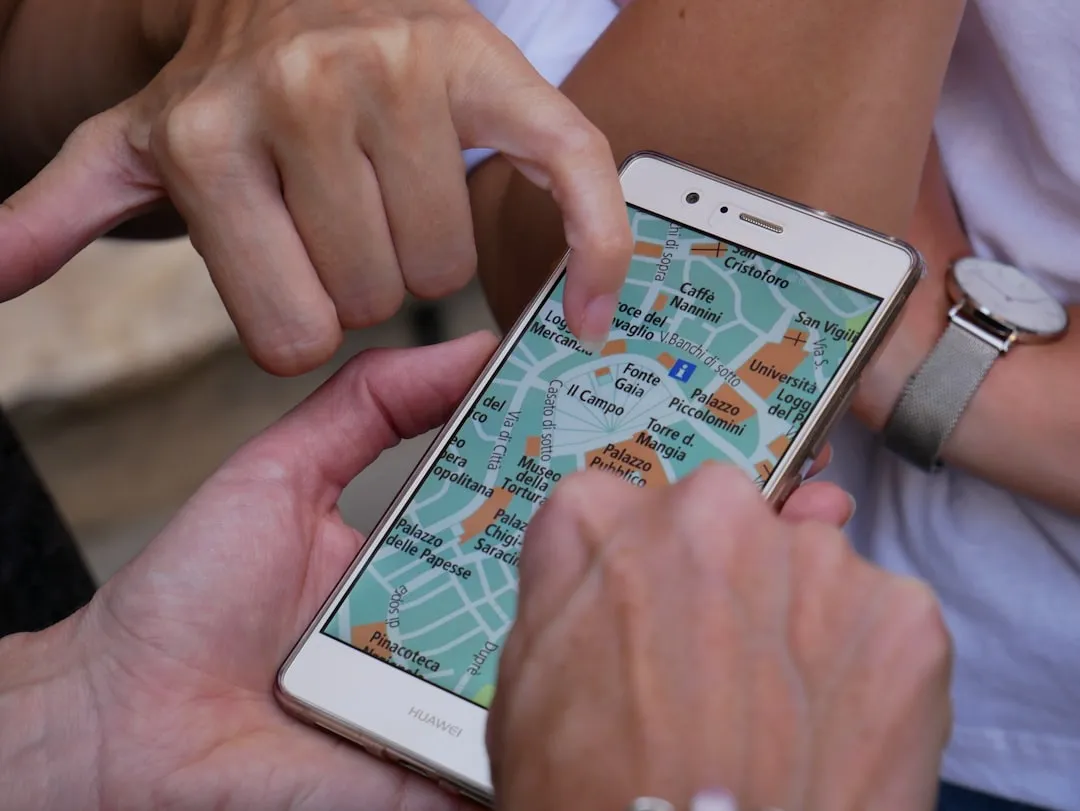


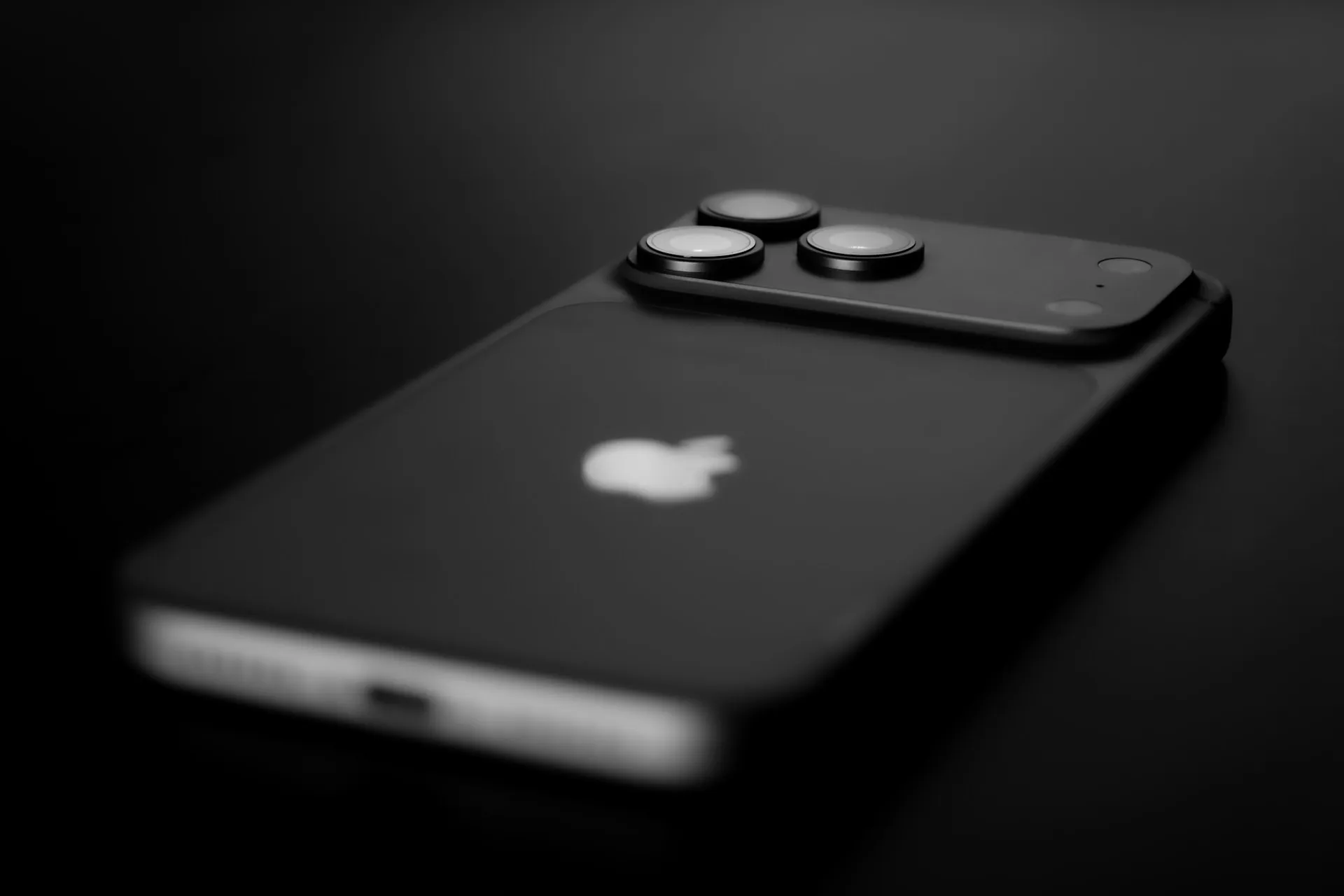
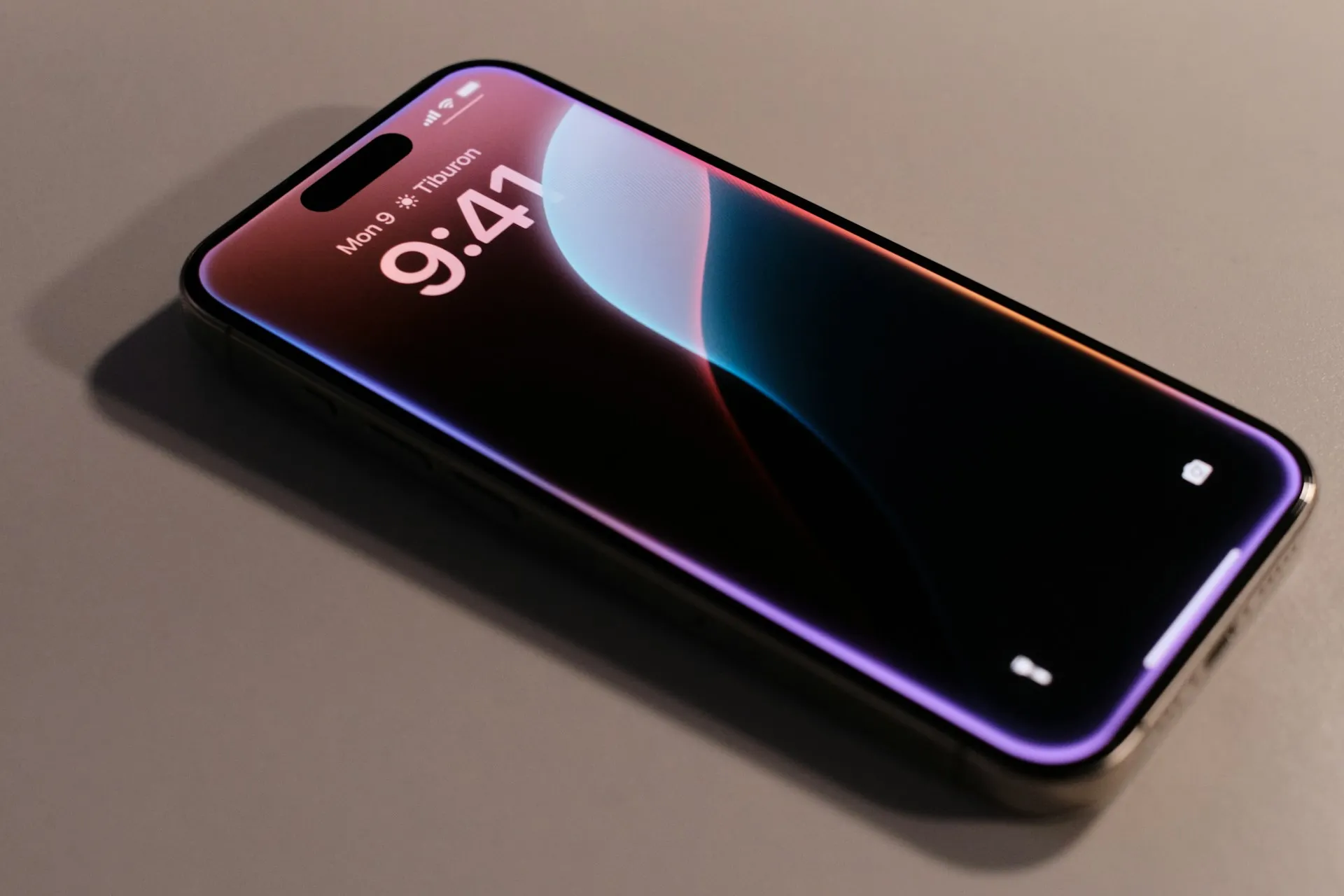
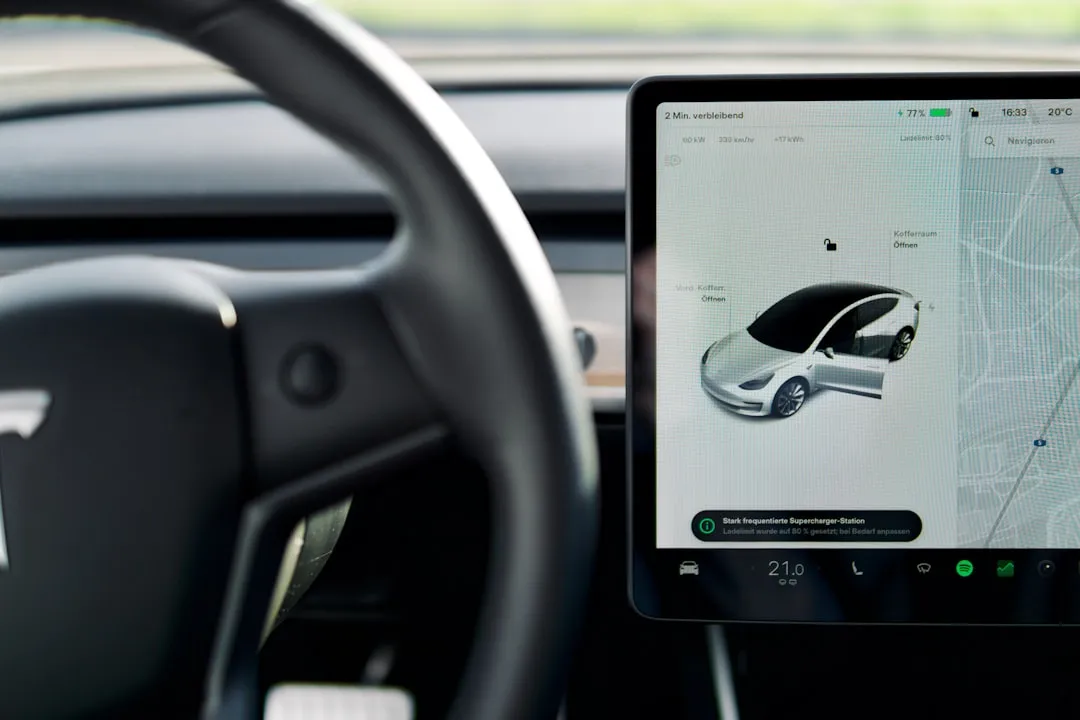





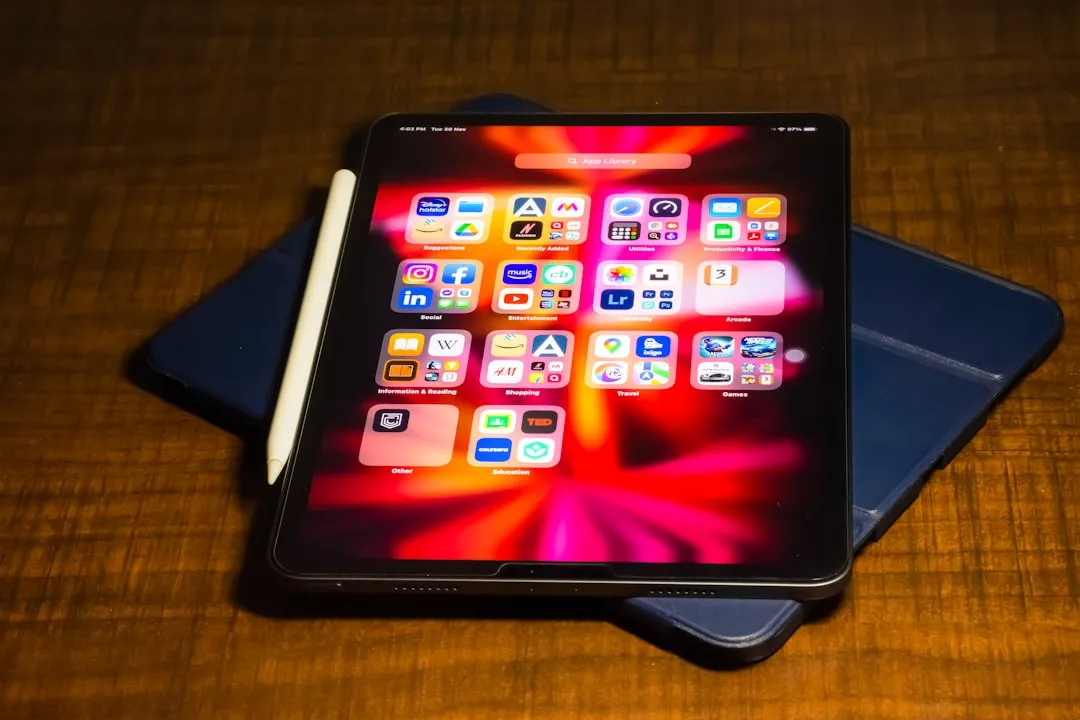

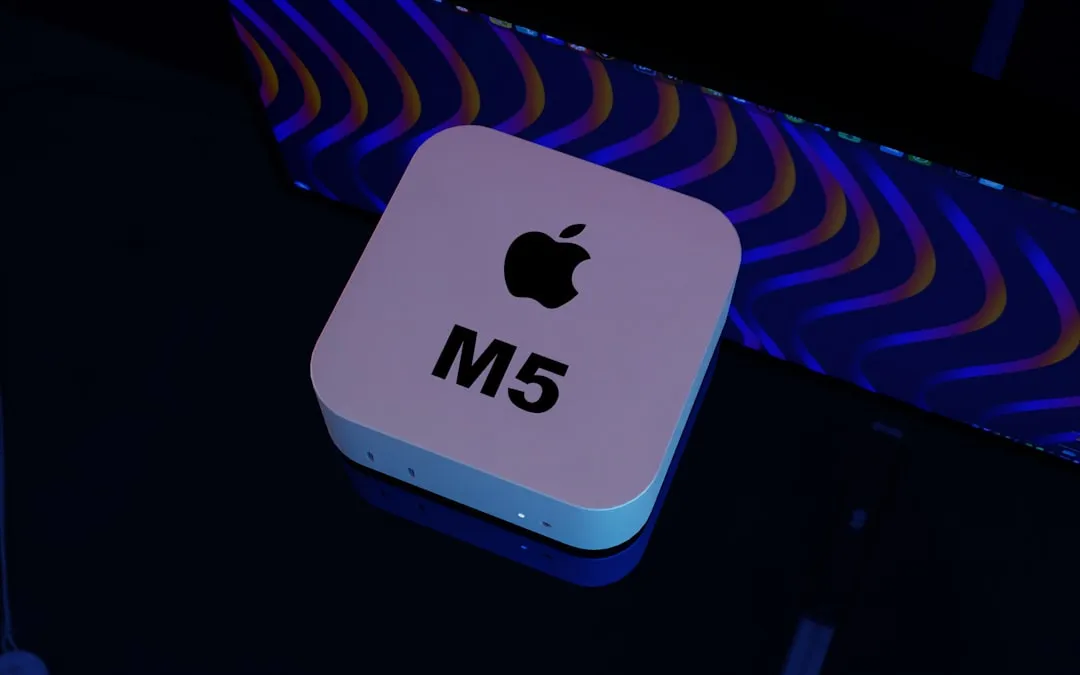
Comments
Be the first, drop a comment!